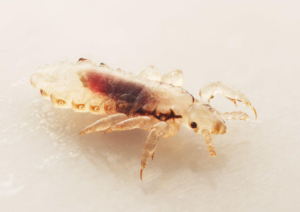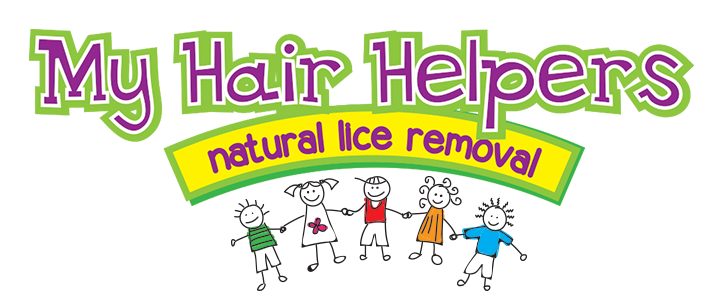Finding head lice in the hair is a more daunting task than some people might imagine. They are very tiny and do not easily give up their little nesting place – your scalp. However, conducting a thorough search is the first step to ridding yourself and your child of these annoying creatures. To be sure that you are doing this first and most essential step correctly, here is our guide on how to check you and your child’s head for lice and their nits.
Body/List
Gather together the right tools: If you suspect that you and/or your child have head lice, be sure that you have the right tools to check your scalp(s). Some of these tools include:
- Magnifying glass
- An old towel
- Hair clips
- Tissues
- A sealable plastic bag
- Disposable gloves
Start checking after taking a shower or bath: Use a detangler to make the hair easier to comb through in your search for lice and their nits. This is best accomplished when the hair is wet and lies down flat.
Inspect the hair: If you have short/medium hair, comb it to the right, then to the left and finally to the back and front to expose the scalp. People with longer hair should part it in sections to expose the scalp.
What you are looking for: Sometimes it can be difficult to distinguish between lice and nits from either dandruff or dirt. However, adult lice are usually brown and resemble sesame seeds. You will be able to distinguish them from dandruff and dirt if they move as you are searching the scalp. Nits – their eggs – are brown, yellow or tan. They do not move and often attach themselves to the hair shaft.
Finding lice: If you do find lice and their nits, don’t panic. We can provide you with several treatment options. We can schedule either a home appointment or you can visit our head lice removal salon where we use only natural products to rid your hair of lice. A second option is that you can buy one of our head lice products. These are comprehensive kits with everything you need to rid your scalp of these pests. Finally, if your children are found to have lice, we can visit his/her school in order to nip these insects in the bud and possibly prevent an infestation. (Head lice don’t like to be alone.)
On a final note, be sure to search for lice where there is adequate lighting. Also, be sure to have someone check your scalp for lice as you can be more thorough this way. Lastly, be sure to act immediately if you see head lice as they can quickly spread from family member to family member and from host to host.

